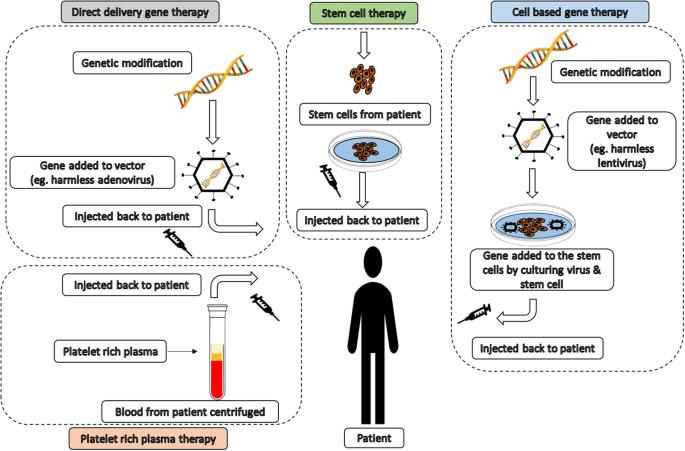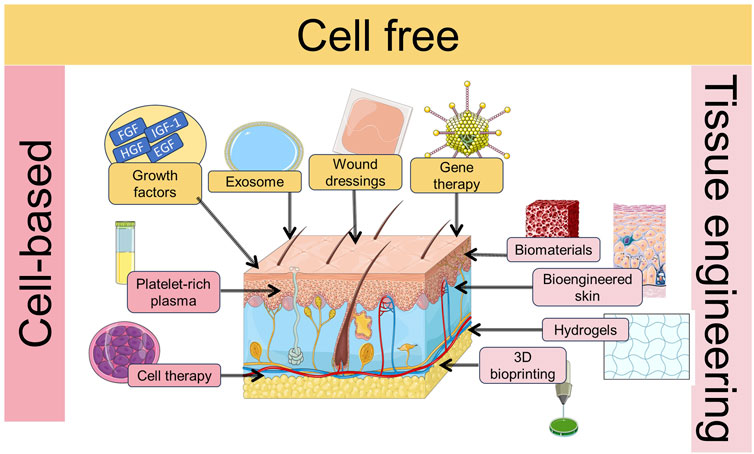Table of Contents

[/image][=video]
[/video]
The majority of sites used for bone marrow harvesting are located in the hip bones and the breast bone. In recuperation, the donor may experience some pain in the locations where the needle was inserted.

If an autologous transplant is planned, previously gathered stem cells, from either outer (apheresis) or harvest, are counted, evaluated, and prepared to infuse. The preparations for a bone marrow transplant vary depending upon the sort of transplant, the condition requiring transplant, and your resistance for particular medications. Think about the following: Usually, high doses of radiation treatment and/or radiation are included in the preparations.
This treatment is often called ablative, or myeloablative, as a result of the effect on the bone marrow. The bone marrow creates a lot of the blood cells in our body. Ablative treatment prevents this process of cell production and the marrow becomes vacant. A vacant marrow is needed to make space for the brand-new stem cells to expand and establish a brand-new blood cell production system.
It is not a procedure to place the marrow right into the bone, but resembles obtaining a blood transfusion. The stem cells discover their way into the bone marrow and start replicating and expanding brand-new, healthy and balanced blood cells. After the transplant, helpful treatment is provided to prevent and treat infections, side effects of treatments, and problems.
Menopause Therapy
The days before transplant are counted as minus days. The day of transplant is considered day absolutely no. Engraftment and healing adhering to the transplant are counted as plus days.
The days are phoned number to assist the individual and family comprehend where they are in terms of risks and discharge planning. Throughout mixture of bone marrow, the patient may experience the following: Pain Chills High Temperature Hives Upper body pain After mixture, the patient might: Spend numerous weeks in the healthcare facility Be really at risk to infection Experience excessive bleeding Required blood transfusions Be restricted to a tidy atmosphere Take multiple antibiotics and various other medicines Be provided medication to avoid graft-versus-host diseaseif the transplant was allogeneic.
Relying on the kind of transplant and the condition being dealt with, engraftment normally occurs around day +15 or +30. Blood matters will certainly be inspected typically throughout the days adhering to transplant to examine initiation and progress of engraftment. Platelets are typically the last blood cell to recoup. Engraftment can be postponed as a result of infection, medications, reduced donated stem cell count, or graft failure.
Microbial infections are one of the most usual. Viral and fungal infections can be deadly. Any type of infection can trigger an extended medical facility stay, stop or delay engraftment, and/or reason permanent organ damages. Antibiotics, antifungal medicines, and antiviral medicines are usually given to try to avoid major infection in the immunosuppressed person. Thrombocytopenia (reduced platelets) and anemia (low red cell), as an outcome of a nonfunctioning bone marrow, can be unsafe and also serious.
Liquid overload is a problem that can lead to pneumonia, liver damages, and high blood stress. The major reason for fluid overload is because the kidneys can not keep up with the huge quantity of liquid being provided in the form of intravenous (IV) medicines, nutrition, and blood products.
Regenerative Therapy around Muskegon, Michigan

Respiratory standing is an important function that may be endangered during transplant. Infection, swelling of the air passage, fluid overload, graft-versus-host condition, and blood loss are all potential dangerous complications that might happen in the lungs and pulmonary system. The liver and heart are necessary organs that might be damaged throughout the transplantation procedure.
Failure of the graft (transplant) taking hold in the marrow is a prospective difficulty. Graft failure might happen as an outcome of infection, frequent condition, or if the stem cell matter of the given away marrow wanted to trigger engraftment. Graft-versus-host illness (GVHD) can be a major and life-threatening issue of a bone marrow transplant.
Instead of a body organ transplant where the patient's body immune system will certainly attempt to decline only the hair transplanted organ, in GVHD the brand-new or hair transplanted body immune system can strike the entire client and all of his or her body organs. This is since the new cells do not acknowledge the tissues and body organs of the recipient's body as self.

The most typical websites for GVHD are GI system, liver, skin, and lungs. Prognosis considerably depends upon the following: Kind of transplant Kind and level of the disease being treated Condition feedback to treatment Genes Your age and overall health and wellness Your resistance of particular medicines, procedures, or therapies Seriousness of difficulties Similar to any procedure, in bone marrow transplant the diagnosis and long-lasting survival can differ greatly from one person to another.
Menopause Therapy in Muskegon, Michigan
Continuous follow-up care is vital for the individual adhering to a bone marrow transplant. New approaches to boost therapy and to lower difficulties and adverse effects of a bone marrow transplant are continually being found.
Regenerative medicine treatments can be divided into three classifications: help with recovery by infusing or placing online cells into the client. Instances of cellular treatment consist of PRP and stem cell treatments, which can be used to deal with tendinopathy and various other sporting activities injuries.
Phys Medication Rehabil Clin N Am. 2014; 25( 4 ):881 -95. As time passes, individual medical professionals discover and share information, improving the application of these treatments. See Are PRP Shots Effective?Until a lot more is recognized, regenerative medication treatments are not considered basic practice and insurance policy plans usually do not cover them. Many clients are eager to pay out-of-pocket. is advancing promptly with advancementsin stem cells, genetics treatment, and tissue design. This article dives into these ingenious techniques, highlighting their transformative possibility for cells and body organ repair work. are poised to change clinical treatments and enhance person results. Cell regrowth, the process of bring back lost cells to recuperate normal function, varies throughout different cells and body organs. In Drosophila larval wing discs, cells immune to apoptosis help tissue regrowth. Mouse number idea regrowth is moderated by the blastema, including different progenitor cells, as highlighted in this study.: The variety of cells within a tissue can impact regeneration. Peripheral nerves, as an example, consist of Schwann cells, nerve fibroblasts, and immune cells, each contributing in nerve regeneration, as gone over here. These aspects connect dynamically, making cell regeneration a complicated process that differs based upon the particular tissue or organ. Cell regrowth plays a critical role in maintaining the body's general wellnessand health. It is accountable for repairing and replacing broken or aging cells, making certain the proper functioning of body organs and cells. Reliable cell regeneration treatment can dramatically affect the therapy of numerous clinical problems, consisting of degenerative diseases, injuries, and also the aging procedure. Numerous considerable milestones have actually marked the progress of cell regrowth research. In the late 18th century , Italian biologist Lazzaro Spallanzani carried out pioneering experiments on the regrowth of amphibian arm or legs, supplying evidence for the regenerative ability of specific organisms. In the 20th century, the discovery of stem cells by Canadian scientists Ernest McCulloch and James Till reinvented the area. Harold E. Varmus, that played an important duty in elucidating the hereditary basis of cancer cells, and Dr. Michael S. Brown and Dr. Joseph L. Goldstein, that found the function of low-density lipoprotein (LDL) receptors in cholesterol metabolic rate. Stem cell therapy is just one of one of the most extensively researched and promising branches of cell regeneration therapy. This irritant causes a localized inflammation action, which triggers the release of growth aspects and the recruitment of regenerative cells. In time, the regenerative cells promote the fixing and regeneration of hurt tissues, using alleviation to individuals experiencing chronic bone and joint discomfort or joint instability. Cartilage material regrowth treatment concentrates on recovering harmed or deteriorated cartilage, which plays an important duty in joint function and mobility. Some cells, such as epithelial cells in the skin or the cellular lining of the stomach tract, have a high turn over rate and can restore rapidly. In comparison, cells in the central nerves, such as neurons, have limited regenerative ability. This disparity is generally due to the complexity of the tissue, the visibility of repressive aspects, and the mobile atmosphere. Cell regrowth treatment uses encouraging remedies for increasing injury healing and dealing with various injuries.
Navigation
Latest Posts
Hormone Therapy around Muskegon, Michigan
Hormone Therapy servicing Muskegon
Perimenopause Treatment